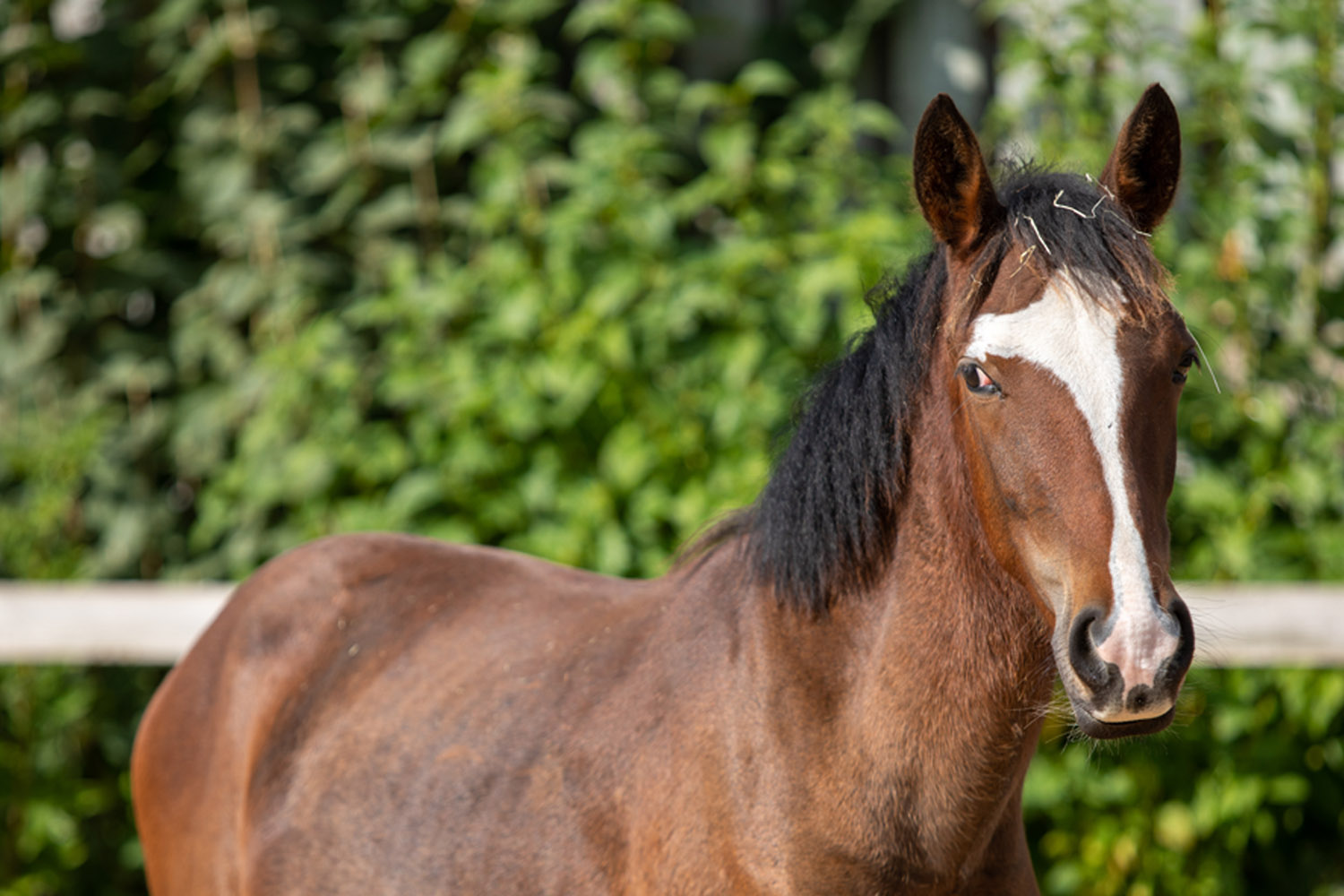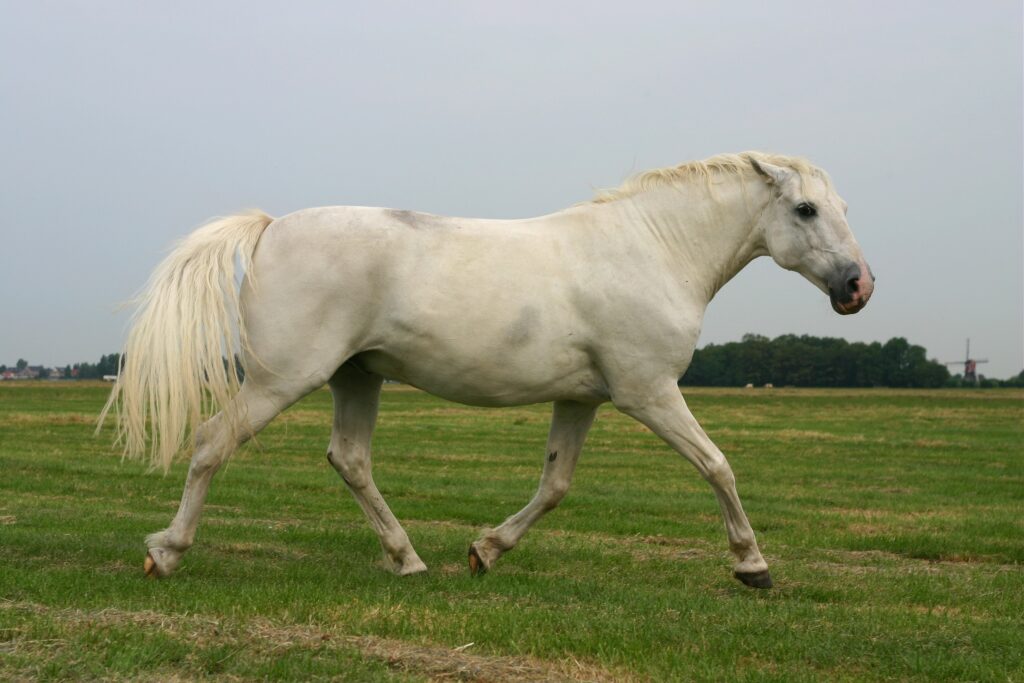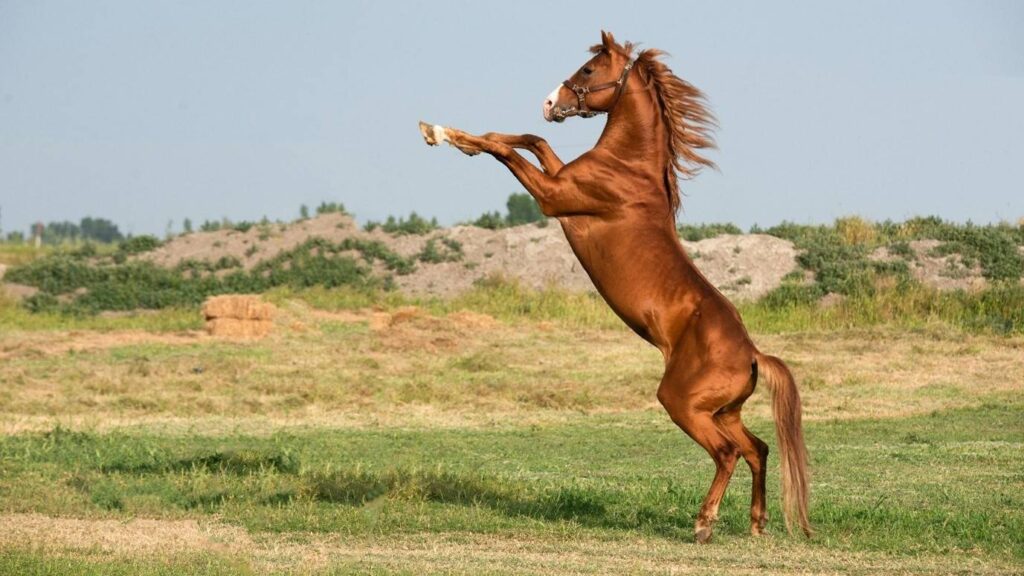When it comes to feeding horses with Cushing’s, careful attention to diet is of utmost importance. Cushing’s disease, also known as Pituitary Pars Intermedia Dysfunction (PPID), affects many older horses, leading to symptoms that can be managed through proper nutrition. Horses with Cushing’s often require a special diet to help manage their condition and improve their quality of life.
The key to managing this condition begins with understanding the nutritional needs that are unique to these horses. Establishing a suitable diet can greatly aid in alleviating some of the symptoms of Cushing’s disease, ensuring the horse remains healthy and comfortable.

Recognizing Symptoms of Cushing’s Disease
Before diving into the dietary changes, let’s review some common symptoms associated with Cushing’s disease in horses. These include an excessively long coat, frequent urination, excessive thirst, and muscle loss. Understanding these symptoms can help owners identify the presence of Cushing’s early on, allowing for prompt dietary adjustments.
Hair Coat and Shedding Issues
One of the hallmark signs of Cushing’s in horses is an abnormal hair coat, often becoming excessively long or not shedding properly. This symptom can impact a horse’s ability to regulate temperature, thereby affecting its overall health.
Importance of a Proper Diet
The diet of a horse with Cushing’s needs to be carefully managed. A well-planned diet can help in managing blood glucose levels, supporting the immune system, and maintaining a healthy weight. The following sections outline dietary tips and considerations for horses diagnosed with this condition.
Low Sugar and Starch Diet
One of the most crucial aspects of feeding horses with Cushing’s is to limit sugar and starch intake. These types of feeds can lead to weight gain and exacerbate symptoms. It’s recommended to choose feeds that are low in non-structural carbohydrates (NSC).
Forage Choices
Providing high-quality, low-NSC forage is essential. Timothy hay is often a good choice, as it provides necessary fiber without the added sugars. Horses should have access to forage throughout the day to maintain gut health.
Supplements and Nutrients
Supplements can play a vital role in a Cushing’s horse diet. Omega-3 fatty acids, magnesium, and chromium are beneficial as they help in managing insulin sensitivity and inflammation. Consult with a vet for recommendations on dosage and specific products.
For instance, exploring biotin supplements can aid in hoof health, which is often a concern for horses with Cushing’s.
Incorporating Minerals
Ensuring that the horse receives adequate minerals like zinc and copper can support overall health. These minerals play a vital role in maintaining healthy skin and coat, as well as boosting the immune system.
Monitoring and Adjusting the Diet
Regular monitoring of the horse’s condition is essential. Changes in weight, energy levels, and coat quality can indicate whether the current diet is effective or needs adjustment. Owners should keep in regular contact with a veterinarian for ongoing assessments.
Consulting with a Veterinarian
Veterinary guidance is indispensable when managing Cushing’s in horses. A professional can offer tailored recommendations, ensuring the diet aligns with individual health needs.
Recognizing Other Dietary Considerations
In addition to the basic dietary components, there are other factors to consider. Hydration is crucial, especially for horses with increased thirst due to Cushing’s.
Water and Electrolyte Balance
Maintaining proper hydration and electrolyte balance is essential. Consider utilizing electrolyte supplements to aid in this aspect, especially during hotter months or after exercise.
Understanding Insulin Resistance
Many horses with Cushing’s also display insulin resistance. This condition requires careful management of the horse’s diet, making low-NSC feeds and supplements that enhance insulin sensitivity integral components of their dietary regimen.
Choosing the Right Grains
If grains are necessary, opt for those low in NSC. It’s advisable to feed small quantities spread across multiple meals to maintain steady blood sugar levels.
Prevention of Obesity
Controlling weight in horses with Cushing’s is another critical consideration. Obesity can worsen insulin resistance and increase the risk of laminitis, a common concern in these horses.
Regular Exercise
Incorporate regular moderate exercise, tailored to the horse’s abilities and health status. Exercise helps maintain a healthy weight and supports insulin sensitivity.
Potential Risks of Improper Diet
An inappropriate diet can exacerbate symptoms and lead to complications such as laminitis. It underscores the importance of adhering to dietary plans suited specifically for horses with Cushing’s.
Monitoring Health Changes
Owners should be vigilant for any signs of health changes, keeping note of all observations and discussing them with a veterinarian promptly.
Final Thoughts on Feeding Horses with Cushing’s
While feeding horses with Cushing’s can be challenging, understanding the dietary needs and focusing on targeted nutrition can make a significant difference. Ensuring the diet is low in sugar and starch, supplemented with necessary vitamins and minerals, and monitored regularly can improve the horse’s well-being.
For further reading on dietary considerations, visit nutrient deficiencies in horses for more insights.

FAQs
What is the main dietary focus for horses with Cushing’s?
The main focus should be on a diet low in sugar and starch to manage symptoms effectively.
Are supplements necessary for these horses?
Yes, supplements like omega-3 fatty acids and minerals like magnesium can be beneficial for managing symptoms.
Why is regular monitoring important?
Regular monitoring helps ensure the diet is effective and accommodates any changes in the horse’s condition swiftly.
This article contains affiliate links. We may earn a commission at no extra cost to you.







